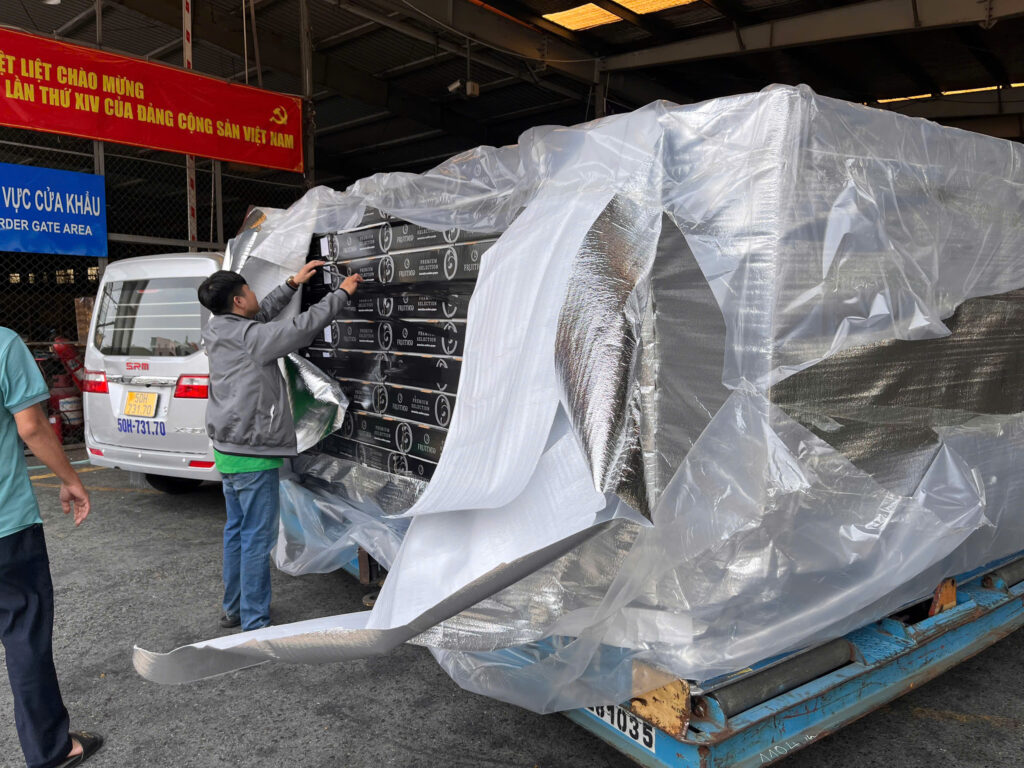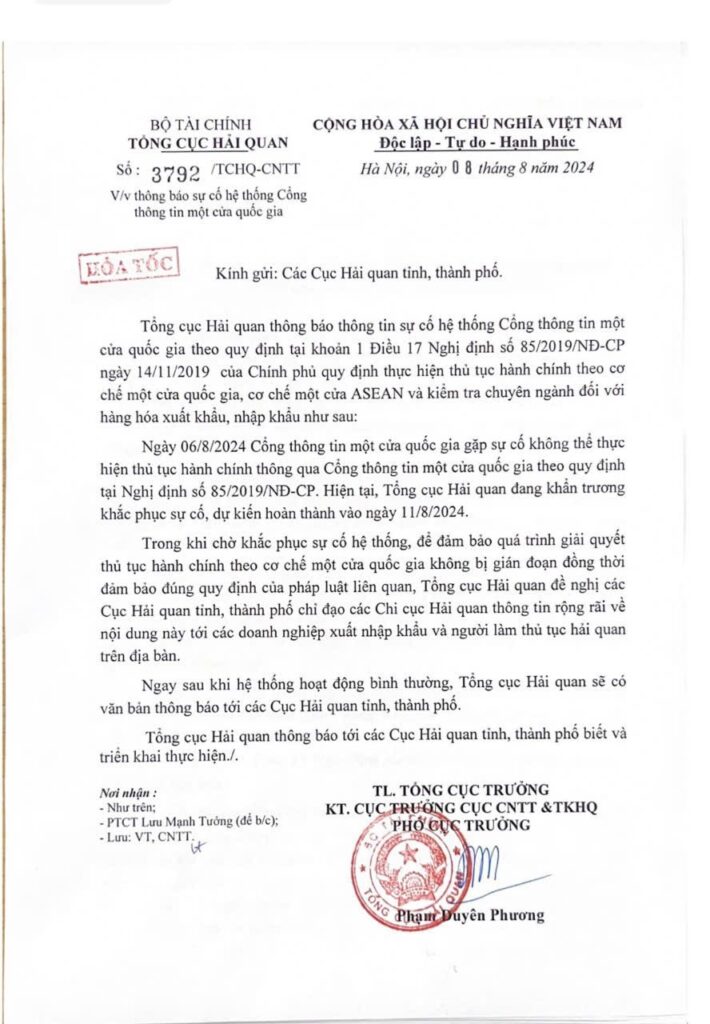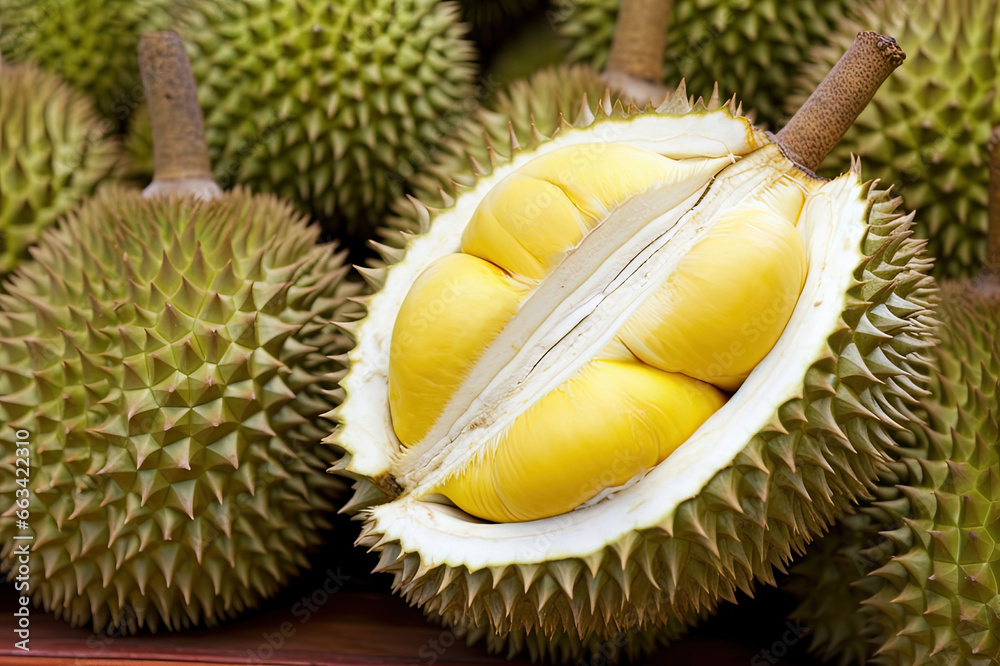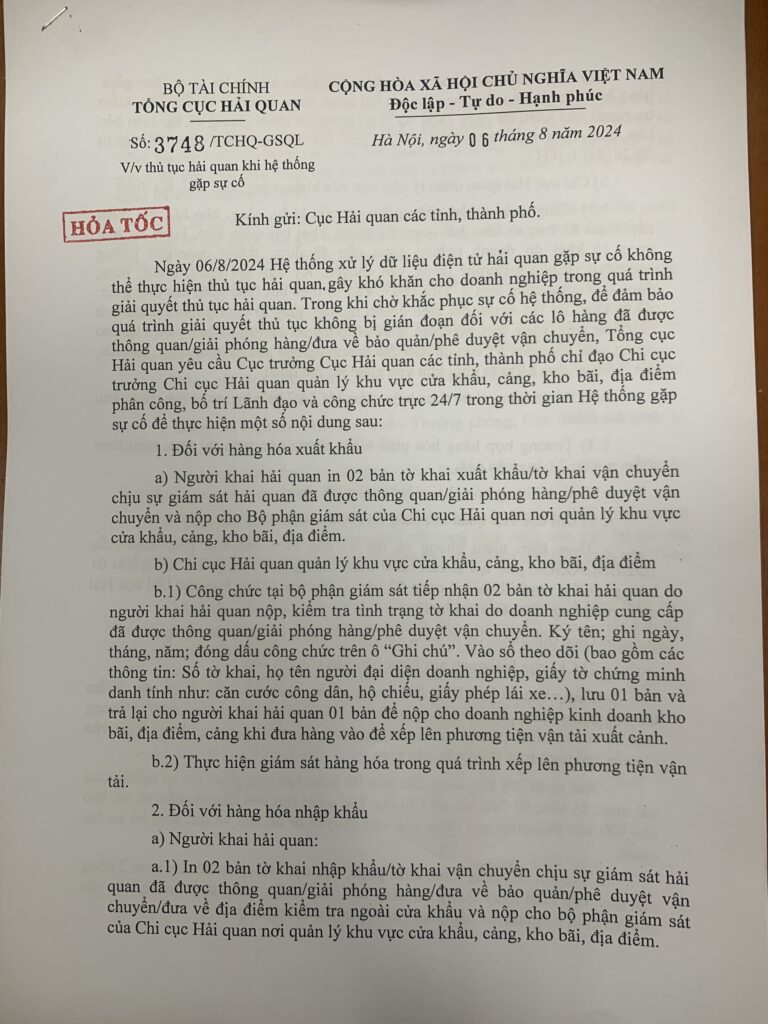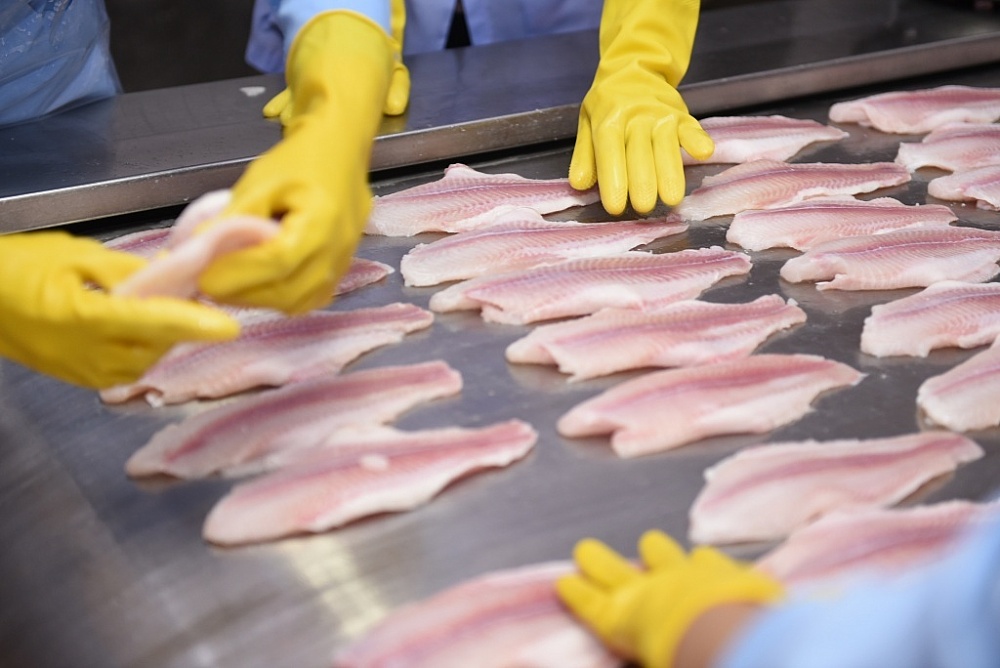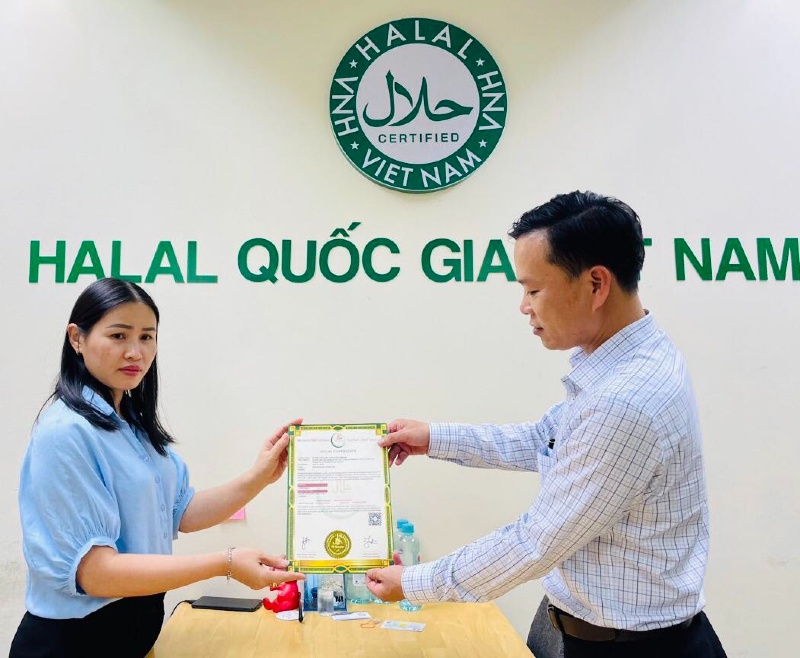(HQ Online) - As the main export product of Vietnamese seafood, shrimp processing enterprises are taking advantage of accelerated exports since the beginning of the year.
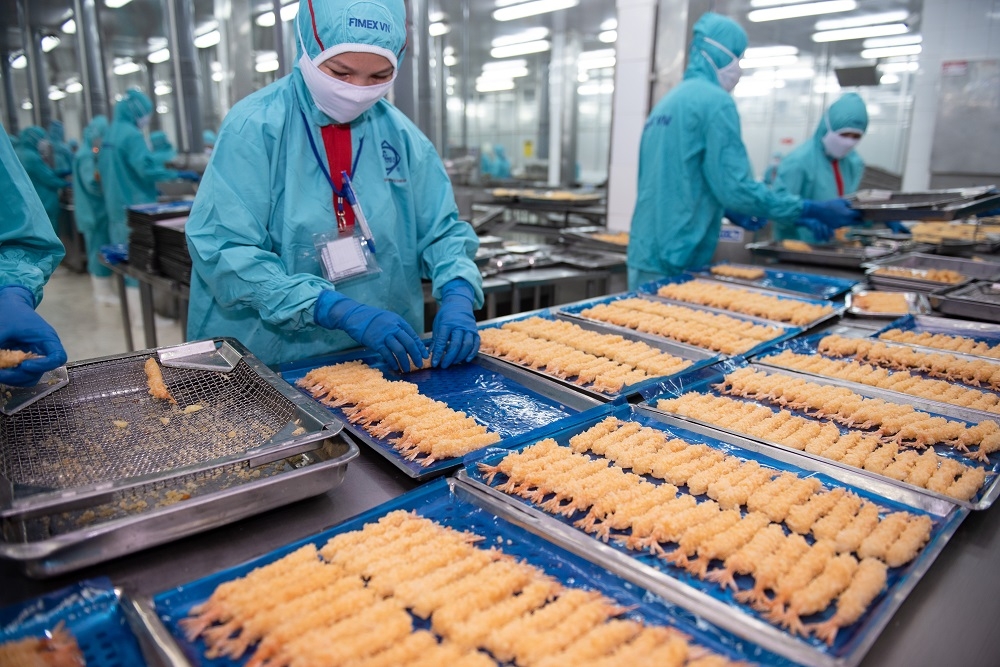
Many opportunities from the Australian market
According to the Vietnam Association of Seafood Exporters and Producers (VASEP), as of February 15, 2024, Vietnamese shrimp exports to Australia reached more than 23 million USD, an increase of 48% compared to the same period in 2023.
Australia is the fifth largest single market for Vietnam's shrimp imports, accounting for 7.5% of the total value of Vietnam's shrimp exports to markets.
In 2023, Vietnamese shrimp exports to Australia will reach 233 million USD, down 14% compared to the previous year. The decrease of 14% in shrimp exports to Australia is still lower than other main markets such as Japan, EU, Korea, Canada...
In 5 years (2019-2022), Vietnamese shrimp exports to Australia grow continuously from 127 million USD in 2019 to 272 million USD in 2022 with the proportion of Vietnam's total shrimp exports increasing from 3.7% in 2019 to 6 ,3% 2022.
Whiteleg shrimp accounts for the largest proportion in Vietnam's shrimp product structure export to Australia, accounting for 95%, black tiger shrimp accounted for a small proportion of 0.2%, the remaining shrimp accounted for 4.8%.
Of the total shrimp products exported to Australia, value-added processed shrimp accounts for 40% of the total export value of shrimp products to this market. Processed shrimp products exported to this market mainly include shrimp dumplings, ginger shrimp dumplings, frozen white shrimp with fried breaded meat, frozen white shrimp on skewers...
Although it is only the 5th largest shrimp consumption market in Vietnam, Australia is considered a potential market, especially when the demand for processed shrimp in this market is increasing. Meanwhile, the shrimp processing level of Vietnamese enterprises is constantly increasing, with new products becoming more and more abundant.
Australia is currently one of Vietnam's 7 largest trading partners, conversely, Vietnam is also Australia's 10th largest trading partner. Currently, Vietnam and Australia are common members of at least 3 free trade agreements (FTAs), including: ASEAN - Australia - New Zealand FTA (AANZFTA), Comprehensive and Progressive Agreement for Trans-Pacific Partnership. Pacific (CPTPP) and most recently the Regional Comprehensive Economic Partnership (RCEP).
Although there are many advantages, Australia is also a demanding market with a system of strict and strict standards for imported goods. In addition, geographical distance leads to high logistics costs and long shipping times, which are also a challenge for Vietnamese seafood businesses when exporting to this market.
Therefore, businesses must be proactive in exploiting and developing markets, and have long-term business plans to promote exporting goods to the Australian market.
Focus on deep processing
According to businesses, with current advantages, businesses need to focus on promoting their strengths, they will succeed in large consumer markets.
Mr. Le Van Quang, General Director of Minh Phu Seafood Group Joint Stock Company, said that shrimp processing and exporting enterprises are required to invest in more advanced technology to create more deep-processed, affordable products. High value in conquering international markets.
Sharing the same opinion, Mr. Ho Quoc Luc, Chairman of the Board of Directors of Sao Ta Food Joint Stock Company, assessed that, thanks to the investment in modern technology, despite having to endure strong competitive pressure from cheap shrimp from Ecuador and India and Indonesia, but Vietnamese shrimp can still stand firm, even accounting for the largest market share in the international market. Therefore, to maintain its export position and cope with the price difference of raw shrimp, the Vietnamese shrimp industry promotes its strengths in deep processing and diversifying deep-processed products to maintain market share.
Currently, export shrimp processing enterprises are "holding out" because orders are not like in their heyday. Besides, at this time, although the price of commercial shrimp is not very high, it is still high compared to the selling price, because the world shrimp price is too cheap, cheaper than Vietnamese shrimp by over 1 USD/kg of commercial shrimp. Calculating the price of finished shrimp, the difference is over 1.5 USD, so it is too difficult to find orders.
Large markets are being affected by exchange rates. Currently, the Japanese Yen has lost its record value of 150 Yen/1 USD. This situation makes purchasing power unable to be strong. The FOODEX fair in Japan taking place in early March will probably have many Vietnamese shrimp entrepreneurs attending, meeting customers to discuss strategies to retain consumers.
By providing products that are traditional to the Japanese, with good quality and beautiful designs, no other aquatic shrimp industry can keep up, Vietnamese businesses are focusing on exporting to this market.
Source: Customs Online

